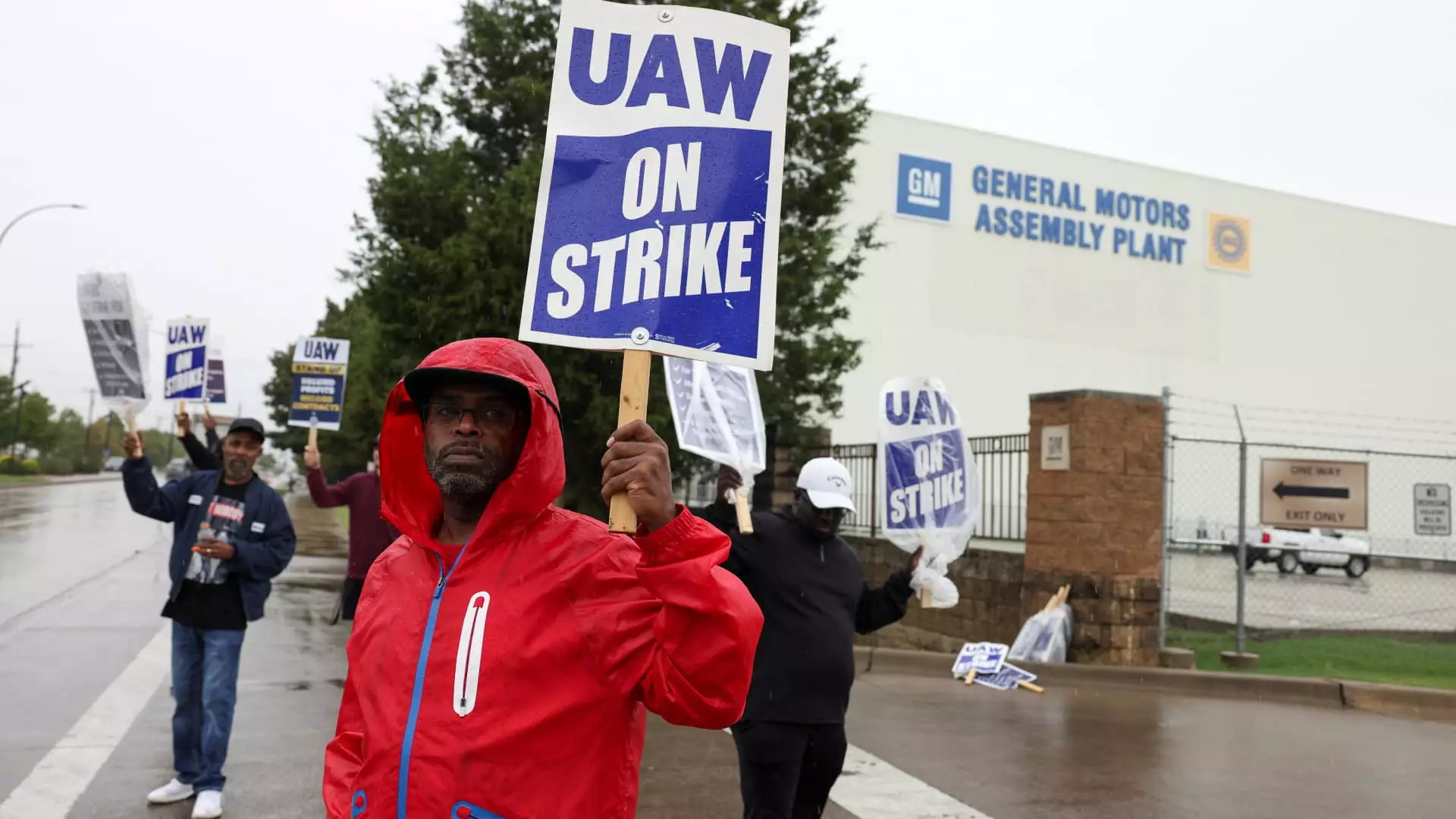The United Auto Workers’ (UAW) voting results on the tentative agreement with General Motors (GM) have certainly been a roller coaster of uncertainty. Despite an initial swing in voting favor, with a broad approval rate of 54%, the deal faced significant opposition from large plants across several states. As the voting process continues, the fate of the agreement hangs in the balance, leaving UAW President Shawn Fain with potential repercussions.
After the initial surge of support, a series of major assembly plants in Michigan, Indiana, Missouri, Kentucky, and Tennessee voted against the tentative agreement. These plants, representing over 19,000 of GM’s union employees, cast doubt on the agreement’s prospects. The local chapter of a crossover plant in mid-Michigan reported a striking 60% vote against the pact, further adding to the uncertainty.
However, amidst the wave of unfavorable votes, there have been glimmers of hope for the agreement. GM’s Arlington Assembly plant in Texas, with its 4,900 autoworkers, voted in support of the deal. Approximately 60% of production workers and 65% of skilled trades union workers voted in favor. Additionally, a joint venture battery plant, now part of the tentative agreement, showed overwhelming support, with 96% of votes in favor. These favorable outcomes offer some respite amidst the ongoing drama of the voting process.
While the voting results have provided glimpses of both support and opposition, it is crucial to note that the final picture remains incomplete. Results from several small facilities and the aforementioned crossover plant in mid-Michigan are still pending. Therefore, any analysis at this stage must acknowledge the potential for further shifts in the voting landscape.
The voting process is expected to conclude by Friday, although the union has not specified when the votes will be finalized. UAW members employed by Ford Motor and Chrysler-parent Stellantis are also engaged in the voting process, with results leaning in favor of the tentative agreements. It is important to highlight that these votes are separate from the GM agreement and do not depend on one another for ratification. Each automaker’s agreement is treated individually.
Throughout this tumultuous voting period, various concerns and grievances have been voiced by UAW members, particularly veteran workers. Many express dissatisfaction with the deal, citing inflated expectations created by Shawn Fain, who promised a 32-hour workweek and improved retirement benefits. The high number of traditional workers at GM, compared to Ford and Stellantis, makes this dissatisfaction especially poignant.
If the GM tentative agreement is ultimately rejected, it will undoubtedly be a blow to UAW President Shawn Fain. Although Fain and other union leaders have lauded the historic aspects of the deal and emphasized that union members have the final say, a rejection would tarnish the negotiations and cast doubt on Fain’s leadership. It is a precarious position that highlights the delicate balance between union leaders’ efforts and member satisfaction.
As the voting process nears its conclusion, the outcome of the UAW vote on the GM tentative agreement hangs in the balance. The roller coaster of uncertainty continues to grip the union, its members, and the automaker. Only when all the votes have been finalized will the true fate of the agreement be revealed. Until then, all stakeholders involved must navigate the twists and turns that shape this critical moment for the UAW and GM.


Leave a Reply